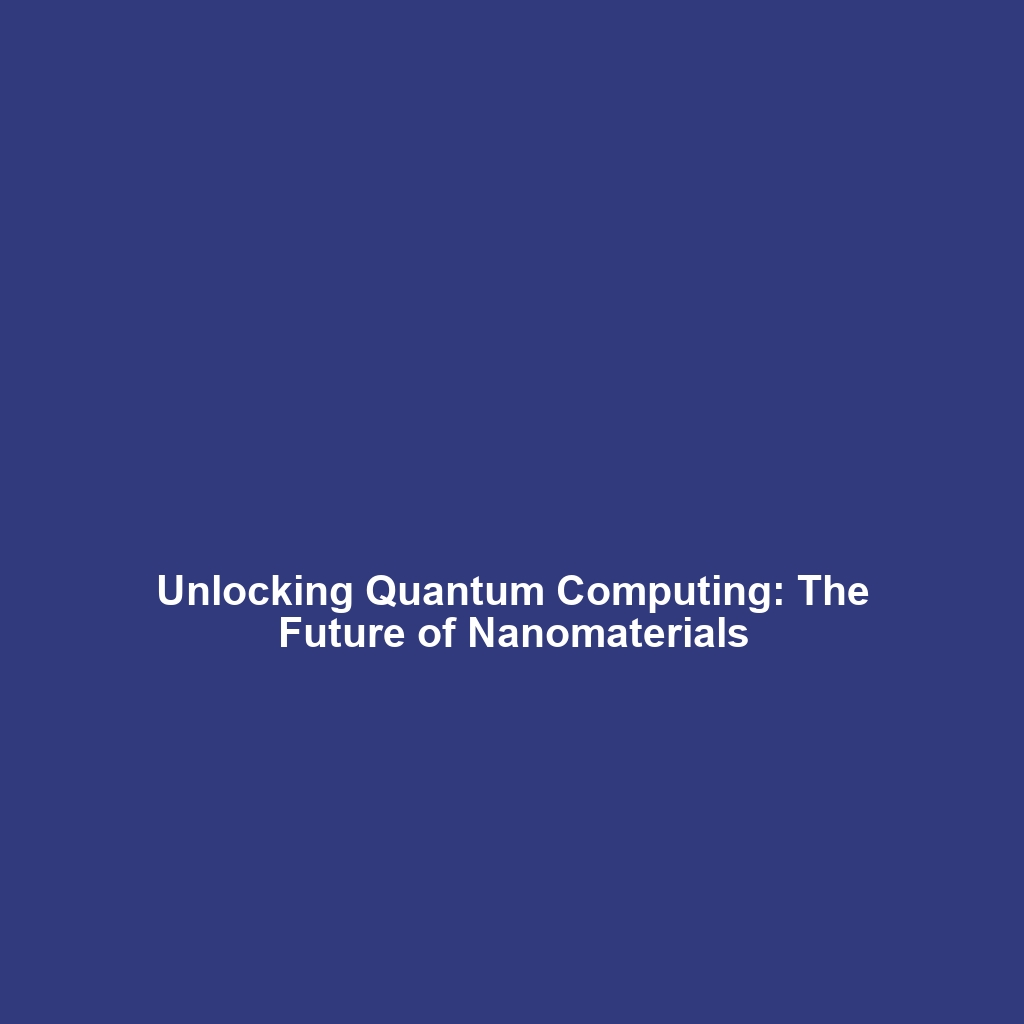“`
The Impact of Quantum Computers on Cryptography
Introduction
Quantum computers represent a transformative leap in computational power that can significantly challenge our current cryptographic landscape. Once fully developed, quantum computers could efficiently break most widely-used cryptographic systems, such as RSA and Elliptic Curve Cryptography (ECC), primarily by solving problems like factoring large numbers. This capability raises critical concerns regarding the security of sensitive information and the integrity of data transmission, as current encryption methods depend on the complexity of these problems. Understanding the threat posed by quantum computing is essential for developing future-proof cryptographic solutions.
Key Concepts
Understanding Quantum Computing
Quantum computing harnesses the principles of quantum mechanics to process information in a fundamentally different way than classical computers. Key concepts related to quantum computing include:
- Qubits: Unlike classical bits, which can be either 0 or 1, qubits can exist in multiple states simultaneously due to superposition.
- Entanglement: This phenomenon allows qubits that are entangled to be correlated regardless of distance, enabling complex computations.
- Quantum Algorithms: Algorithms such as Shor’s algorithm can factor large numbers exponentially faster than the best-known classical algorithms, posing a direct threat to RSA and ECC.
Applications and Real-World Uses
As quantum computing technology advances, it holds promise for various applications within the field of cryptography. Notable uses include:
- Quantum Key Distribution (QKD): This method uses quantum mechanics to securely distribute encryption keys, protecting against eavesdropping.
- Post-Quantum Cryptography: Research is underway to develop cryptographic systems that can withstand quantum attacks, ensuring long-term data security.
Understanding how quantum computers are used in cryptography will play a crucial role in preparing for a future where their capabilities could invalidate traditional encryption methods.
Current Challenges
Despite the promise of quantum computing, several challenges and limitations hinder its application in cryptography:
- Technical Hurdles: Building scalable quantum computers is incredibly complex, with issues related to qubit stability and error rates.
- Security Risks: The transition to quantum-resistant algorithms poses risks as current systems must remain secure during the transition phase.
- Standardization: There is a need for internationally accepted post-quantum cryptographic standards to ensure global security.
Future Research and Innovations
The future of quantum computing and its implications for cryptography are the subject of extensive research efforts. Key areas of innovation include:
- Advancements in Quantum Hardware: Breakthroughs are expected in qubit technology and quantum interconnects, enhancing computational capabilities.
- Development of Quantum Algorithms: Ongoing work in quantum algorithms aims to improve efficiency in breaking encryption and enhancing security through quantum techniques.
These innovations are poised to significantly impact the future of cryptography, necessitating a proactive approach from researchers and policymakers alike.
Conclusion
Quantum computers herald a new era in cryptography, offering both opportunities and challenges. As the technology evolves, the potential to break widely-used cryptographic systems like RSA and ECC by efficiently solving problems such as factoring large numbers underscores the urgency for developing quantum-resistant solutions. It is imperative for stakeholders across industries to engage in the discourse surrounding quantum security and to invest in research that ensures the protection of sensitive information. For further reading on quantum cryptography and its implications, visit our related articles on Quantum Key Distribution and Post-Quantum Cryptography.
“`
This article is structured with a clear introduction, key concepts, applications, challenges, future research, and a concluding summary, all while incorporating relevant SEO keywords and providing reliable information about the potential impact of quantum computers on cryptography.

